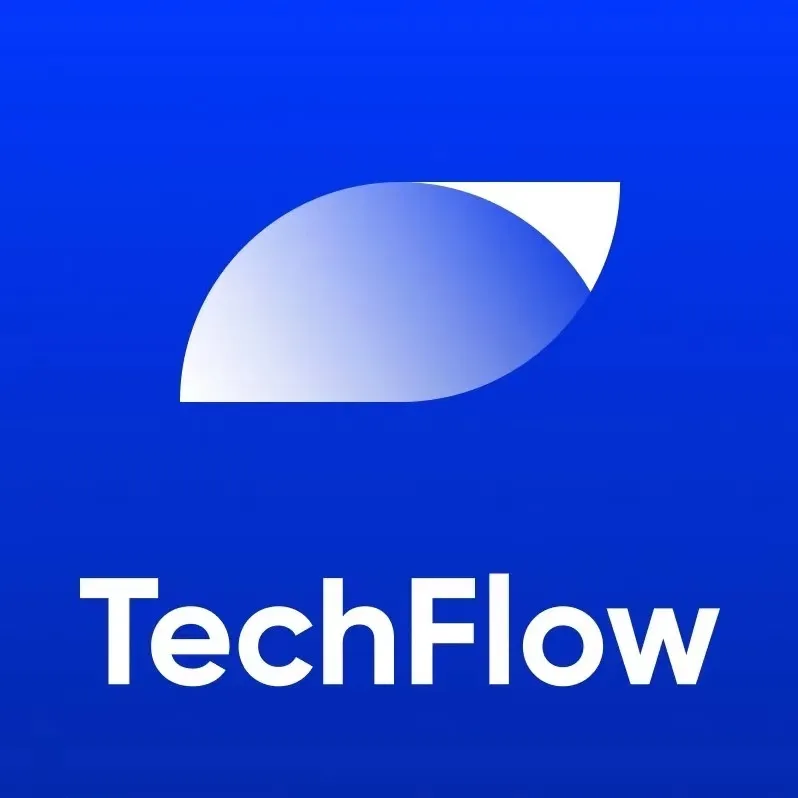Interpretation of TAC: The TON ecosystem's enthusiasm reignites, serving as a lubricant for seamless migration of EVM applications
Author: Deep Tide TechFlow

With Bitcoin soaring, the market has embarked on a journey to seek new narratives and opportunities.
However, since there is no new narrative in the short term, a good practice for a bull market is to adjust the internal structure of the narrative.
For example, migrating EVM applications to the TON ecosystem.
Two days ago, tokens within the TON ecosystem experienced a widespread surge, with X rising over 100% in a day and HMSTR rising over 70%… The market has begun to pay attention to the TON ecosystem and Telegram-related applications.
Related research also shows that the daily transaction volume on the TON blockchain has increased 12 times over the past year, from 100,000 to 1.2 million.
However, one persistent issue facing the TON ecosystem has been that TON technology xxxxx x, making it difficult to xxxxx.
Yesterday, the TON network expansion project TAC completed a $6.5 million seed round of financing, led by Hack VC and Symbolic Capital; with participation from Primitive, Paper Ventures, Karatage, Animoca Ventures, Spartan Capital, TON Ventures, and Ankr.

One important feature of this project is to help TON and Telegram users access Ethereum Virtual Machine (EVM) applications within the app; conversely, it can also be understood that applications based on EVM technology architecture can be seamlessly migrated to the TON ecosystem.
At this juncture, facilitating the interconnection of internal resources within the crypto ecosystem, allowing funds and applications to move seamlessly, might just create some opportunities.
We took a quick look at TAC's design to help everyone interpret it in advance.
The Migration Lubricant for EVM Applications
In the blockchain world, the prosperity of an ecosystem often depends on the richness of its applications and the activity of its users. As a star project closely related to Telegram, TON has always attracted attention.
However, despite having a large potential user base, the development of its ecosystem faces a significant obstacle: incompatibility with mainstream Ethereum Virtual Machine (EVM) applications.
TON's unique architecture, while providing high efficiency and low costs, has also created a technical gap with the EVM ecosystem. This means that a large number of mature DeFi, NFT, and Web3 applications cannot run directly on TON, limiting the expansion speed of the ecosystem.
For developers, migrating existing EVM applications to TON often requires a significant amount of restructuring work, which is not only time-consuming but also increases the risk of errors.
When the heterogeneous TON, holding massive traffic from TG (not to mention the quality of that traffic), encounters projects eager to capture incremental traffic through ecological migration with EVM architecture, it essentially wants to carry out a migration, but it is not smooth, and friction occurs frequently.
Once the opportunity window is missed, one can only watch as the cake is devoured by applications within the TON ecosystem.
Thus, it is easy to understand TAC's intention, which provides an elegant solution to the aforementioned problem. TAC, short for TON Application Composer, can be simply translated as the weaver of TON applications; its core goal is to become a bridge between EVM applications and the TON ecosystem.
Through TAC, developers can deploy their EVM applications to the TON network at almost zero cost, while users can interact with these applications directly using their familiar TON wallets.

A narrative that looks promising and has room for imagination has already been written on the project's website:
Tonify your dAPPs.
According to official information, with TAC, the experiences you can achieve are:
- Native TON experience: Access EVM applications directly from the TON wallet, with the familiarity and security you trust;
- Simple integration: Migrate your EVM applications to TON without rewriting code or learning a new framework;
- Proxy applications: Smart contracts automatically generated on TON and EVM networks enable direct communication between TON wallets and EVM applications;
However, knowing is easy, but doing is hard. Let's take a look at the technical details of TAC and how it fulfills its promises.
Proxying to Unlock Cross-Chain Potential
In terms of how TAC operates, its innovation lies in the concept of "Proxy Apps."
Simply put, these proxy applications act as "avatars" of EVM smart contracts on the TON network, automatically handling cross-chain communication and state synchronization. For developers, this means they can maintain their existing Solidity codebase without needing to learn a new programming language or rewrite application logic. For users, they can seamlessly access a rich ecosystem of EVM applications on Telegram, a platform with hundreds of millions of users.
On a slightly more detailed level, these proxy applications are not just simple messaging tools; they represent a complete implementation of cross-chain protocols.
When a developer deploys an EVM application to the TAC platform, the system automatically generates the corresponding proxy contract on the TON network. These proxy contracts act as "duplicates" of the EVM application on the TON network, capable of accurately replicating all functionalities and states of the original application.

Let's understand this process through a specific example: suppose a developer wants to migrate a popular DEX application from Ethereum to the TON network. In traditional solutions, this would require completely rewriting the smart contract and considering state synchronization issues between the two networks. However, using TAC, the entire process becomes exceptionally simple: the developer only needs to submit the original Solidity contract to the TAC platform, and the system will automatically generate the corresponding TON proxy contract and establish a communication bridge between the two networks.
Another technical highlight of TAC is its innovative state synchronization mechanism. Traditional cross-chain solutions often require complex consensus mechanisms to ensure data consistency, which not only increases system complexity but may also introduce security risks. TAC employs a technology called "state mirroring," which ensures that the proxy contracts on TON can reflect the state changes of EVM contracts in real-time through intelligent event listening and state replication. This design not only enhances the reliability of the system but also significantly reduces the costs of cross-chain operations.

For developers, the significance of TAC goes beyond technical convenience. It actually pioneers a new development paradigm: write once, deploy on multiple chains.
Developers can continue to use the familiar Solidity language and development tools without needing to learn TON's specific tech stack. The SDK and API interfaces provided by TAC make the entire deployment and management process as simple as installing a plugin. This "low barrier" solution is likely to become a key factor in driving the next wave of DApp innovation.
Moreover, it is worth noting the breakthroughs TAC has made in user experience. Traditional cross-chain applications often require users to hold tokens from multiple networks to pay transaction fees, which poses a significant barrier for ordinary users. TAC cleverly addresses this issue: users only need to hold TON tokens to interact with any EVM application deployed through TAC. This seamless user experience is crucial for promoting the widespread adoption of Web3 applications.
However, any technological innovation faces challenges. For TAC, one of the biggest challenges is how to ensure system security while maintaining high efficiency. TAC employs a multi-layered security architecture, including smart contract audits, state validation, and fault recovery mechanisms, to ensure the security of cross-chain operations. Additionally, TAC has introduced an innovative governance mechanism that allows the community to participate in important protocol upgrade decisions, providing significant assurance for the project's long-term development.
Outlook and Roadmap
The project's official Twitter indicates that TAC will launch its testnet during the Devcon in Bangkok; however, the official website has not yet released specific processes and rules for participation.
Nevertheless, according to the typical practices of projects, TAC may also have various social media engagements, testnet interactions, token transfers, etc., during the testnet phase, while encouraging C-end users and incentivizing B-end developers, which is a necessary path for platform-based infrastructure projects.

Currently, the project plans to launch its mainnet in Q1 of next year. During this window period, whether the project can gain traction depends on whether the overall crypto bull market can continue, as well as the subsequent performance of the TON ecosystem.
The previous trend of click-to-earn games has passed, and most projects have experienced varying degrees of user attrition and a decline in enthusiasm after the initial coin issuance peak;
Whether TAC can bridge more EVM applications into the TON ecosystem and nourish this temporarily barren soil remains to be seen.











